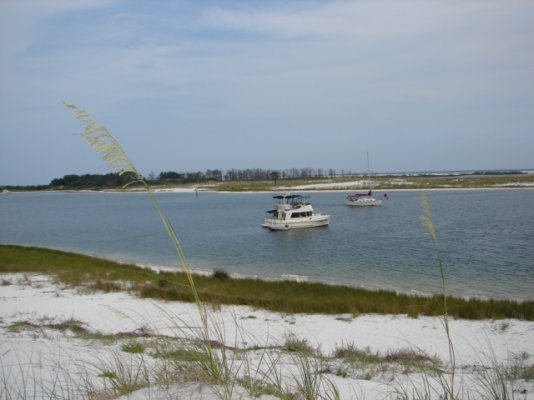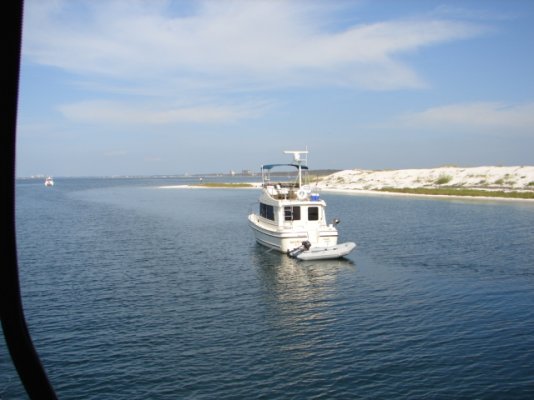Capnal
Member
- Joined
- Dec 30, 2013
- Messages
- 18
- Location
- Orange Beach, Al
- Vessel Name
- THXKIDS V
- Vessel Make
- Nordic Tug 42
I'm a new owner of a Comano 31 and new to this forum. I cannot for the life of me figure out how to determine the level in the holding tank of this boat. My simple solution, unless I'm overlooking a method already present, is to simply drill a small hole for a dip stick and then cork it but sure don't want to mess with tank integrity with something stupid/unworkable.
Input appreciated.
Input appreciated.

 We would just take the floor up and get someone to rock the boat so we can get a rough estimate by watching the sloshing of liquid in the tank.
We would just take the floor up and get someone to rock the boat so we can get a rough estimate by watching the sloshing of liquid in the tank.
